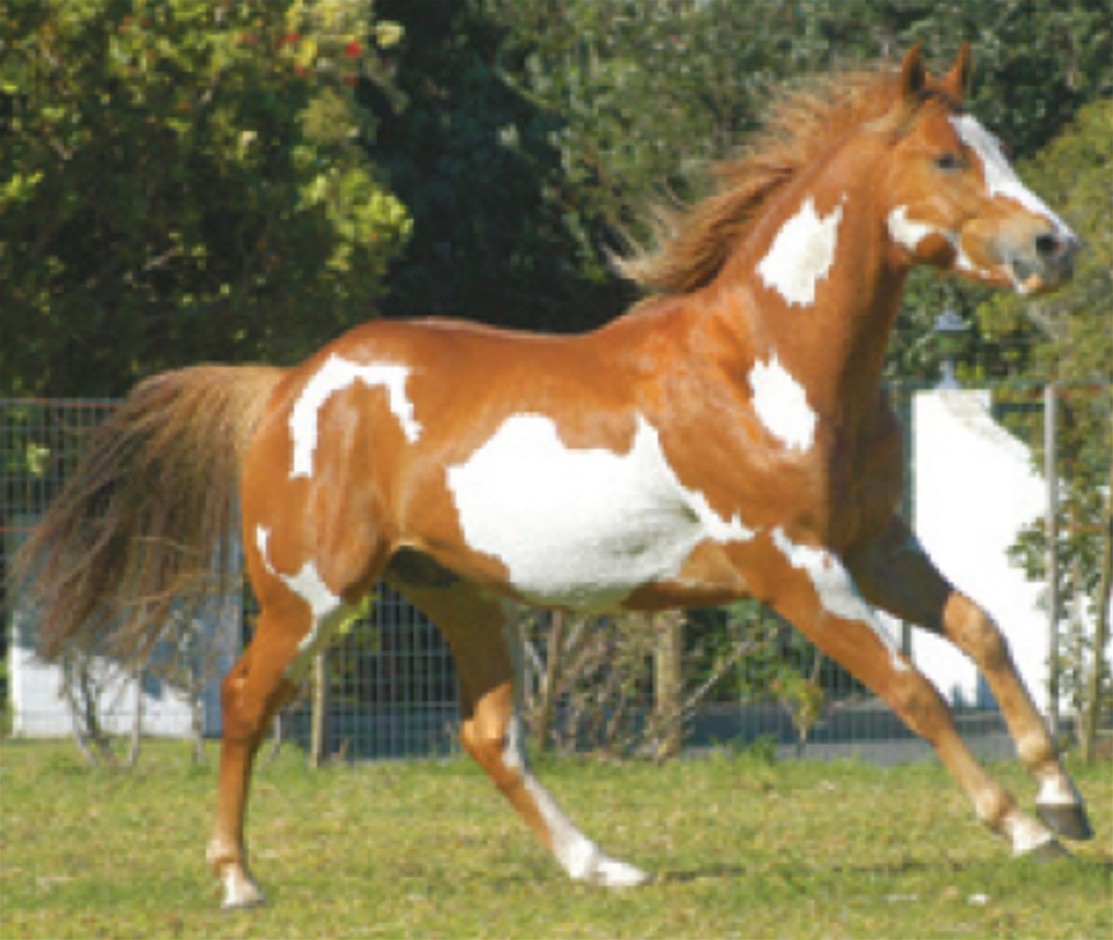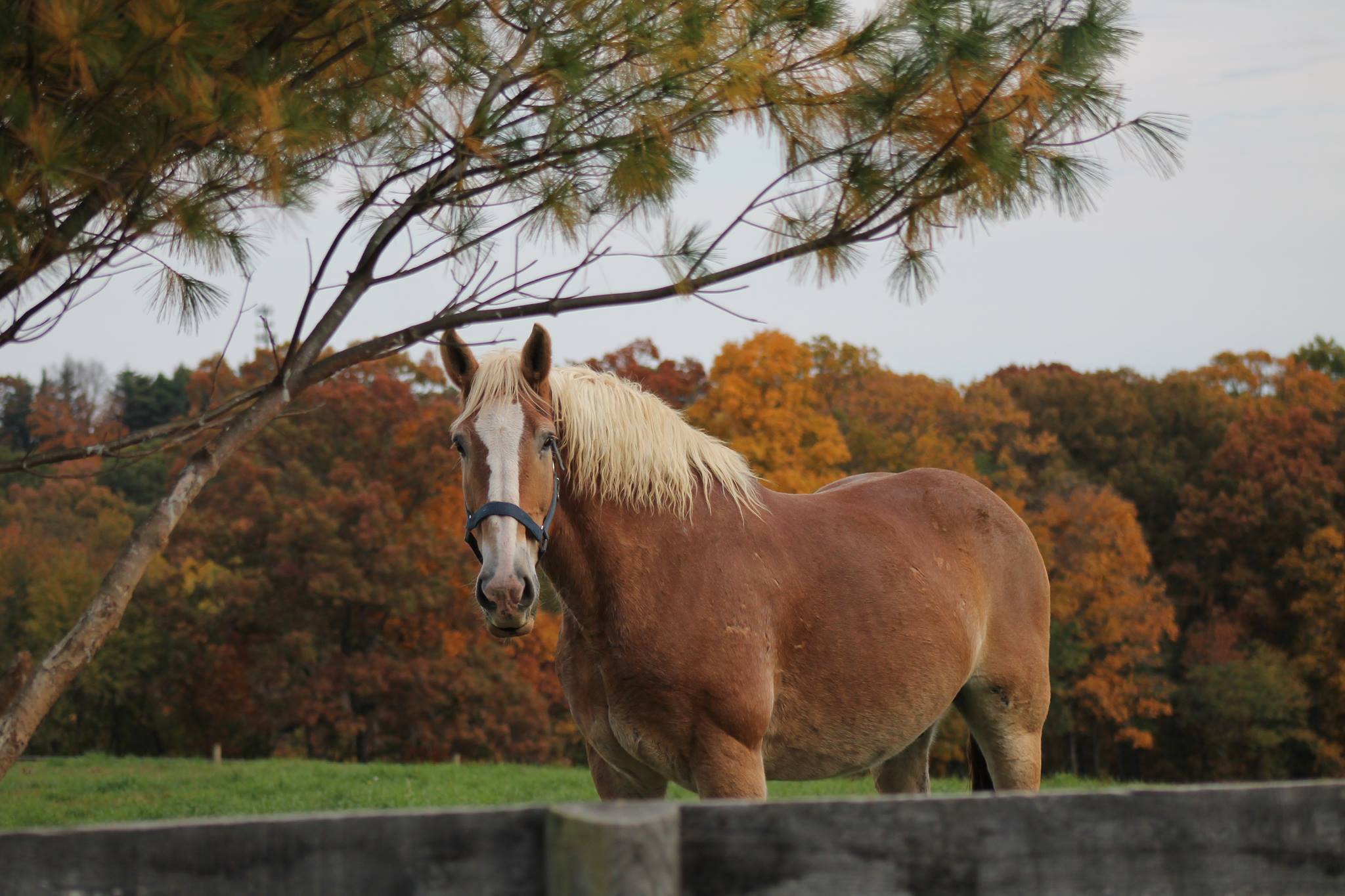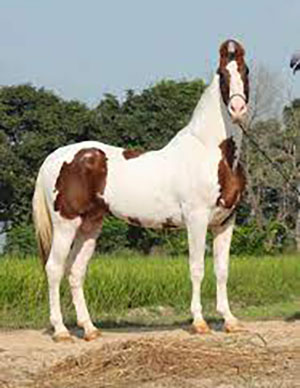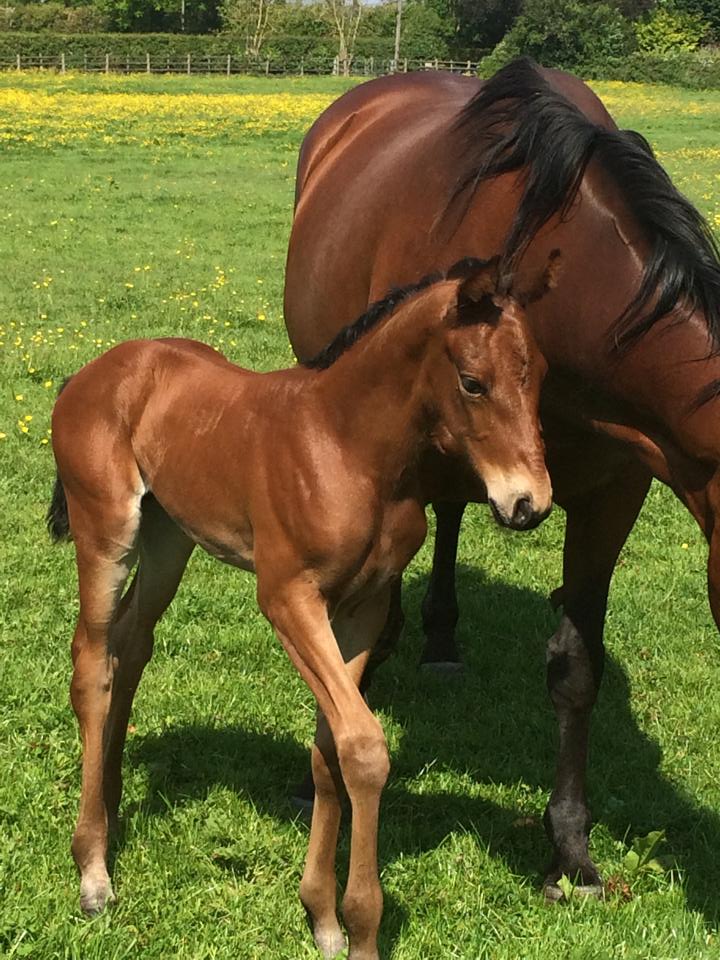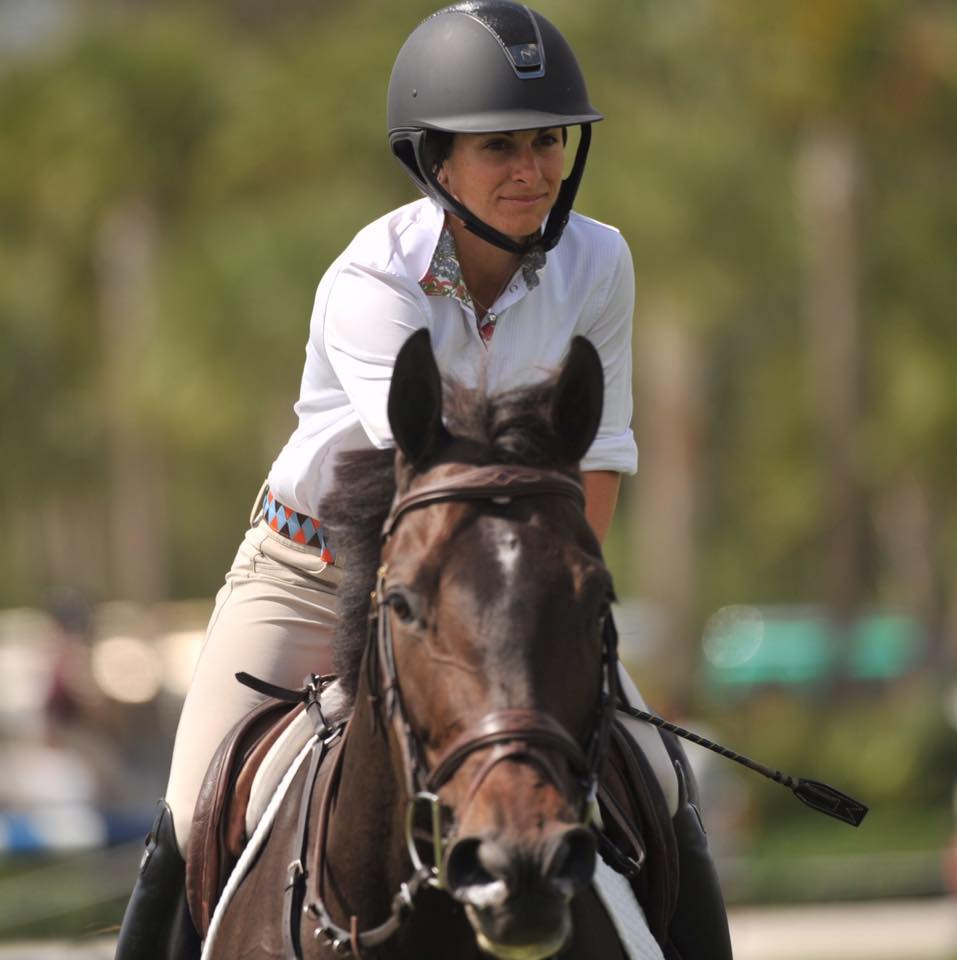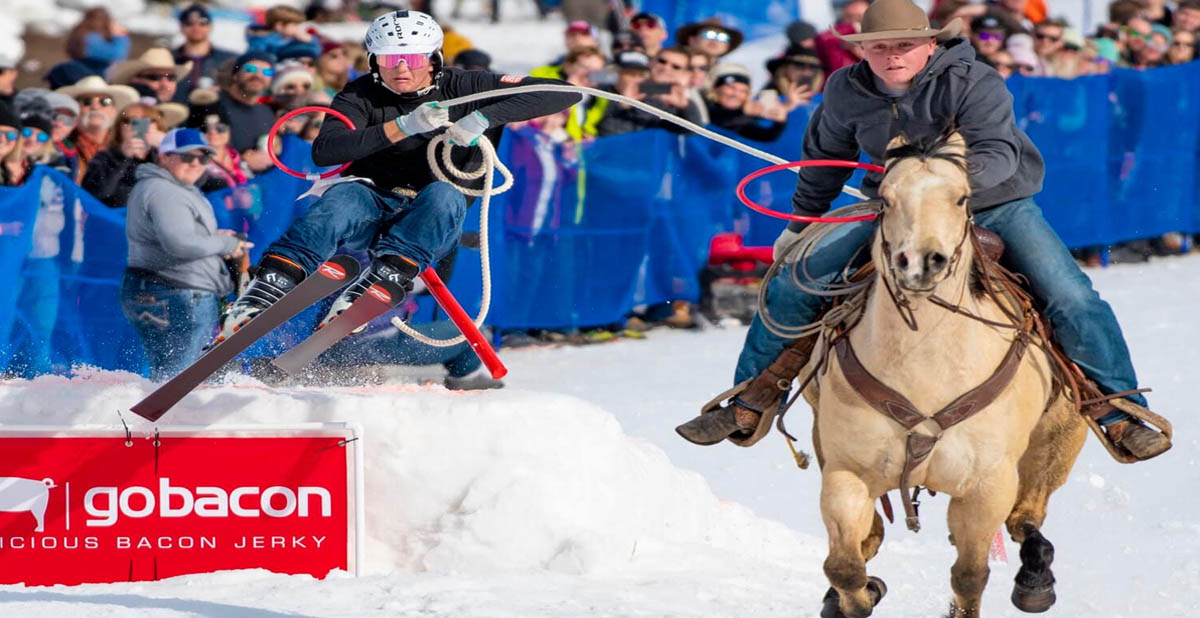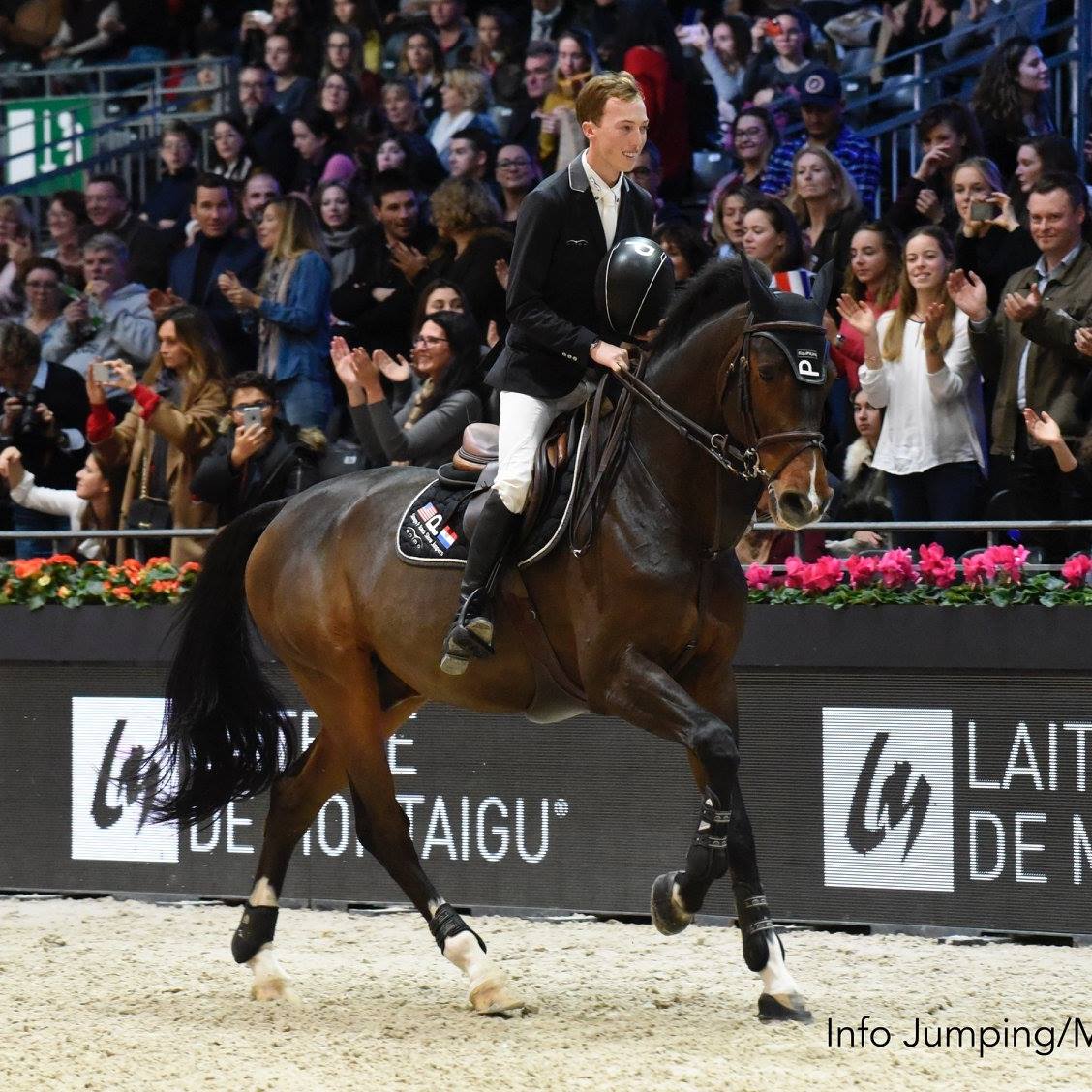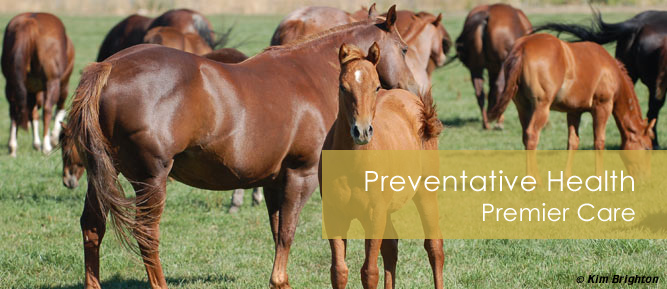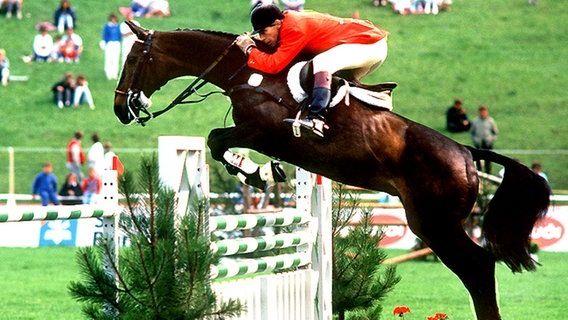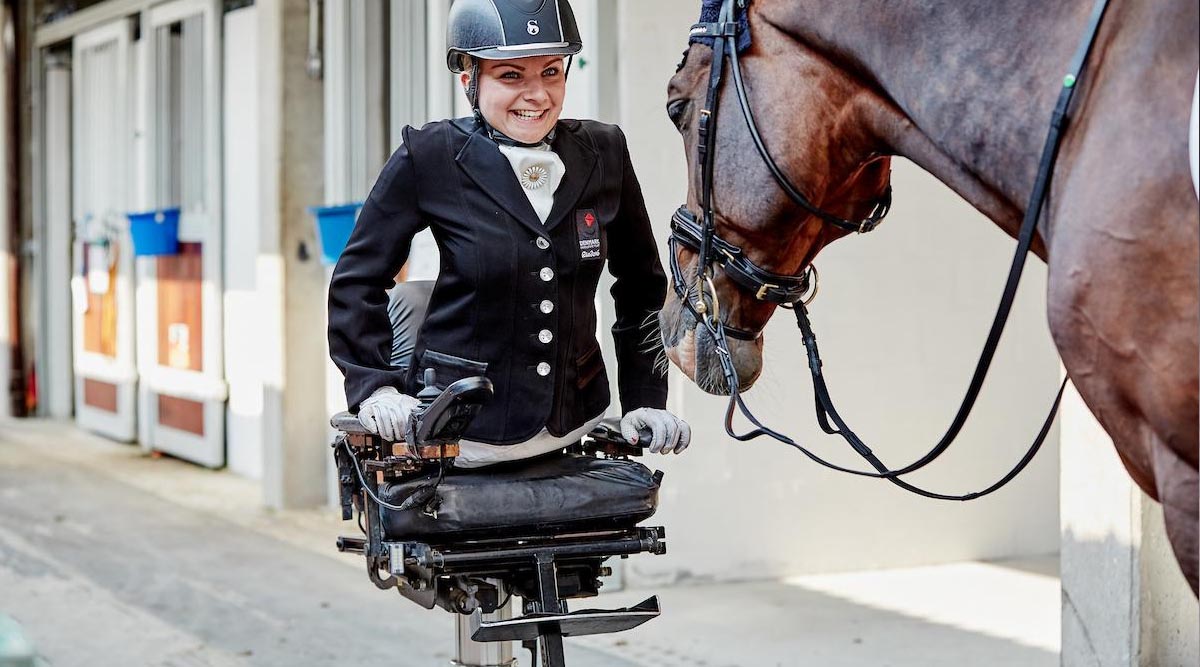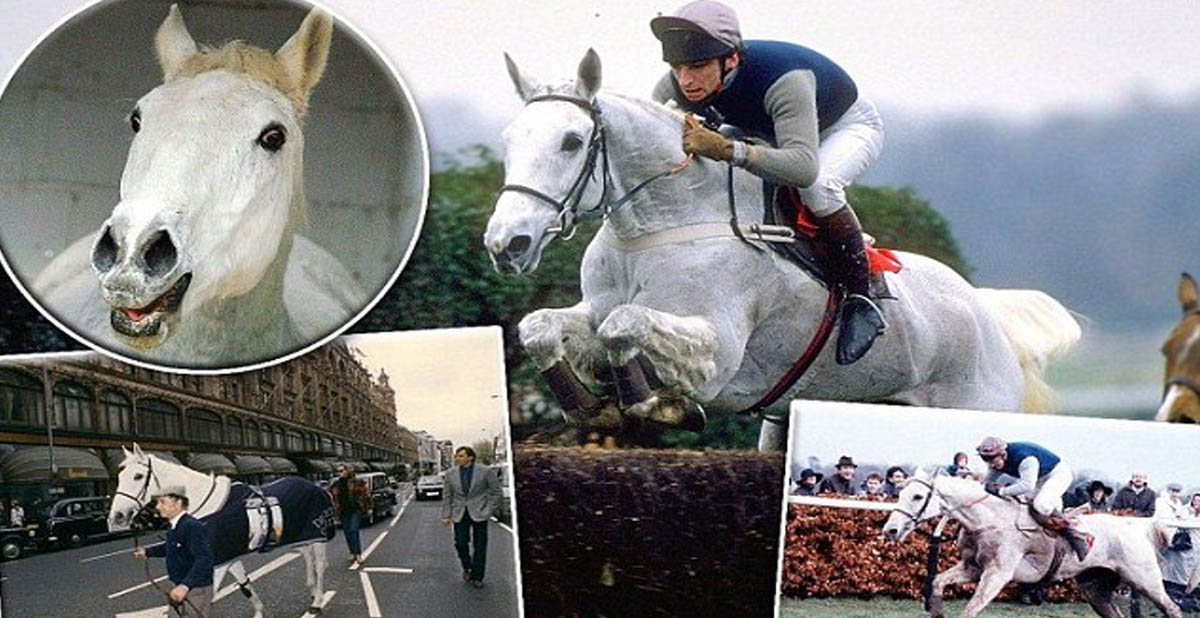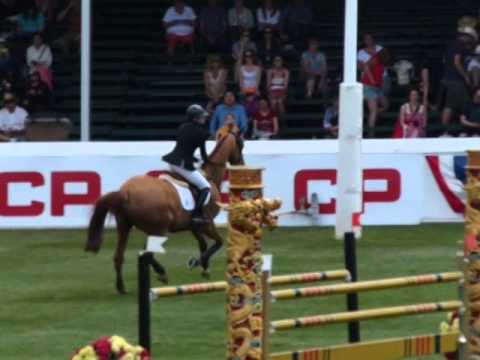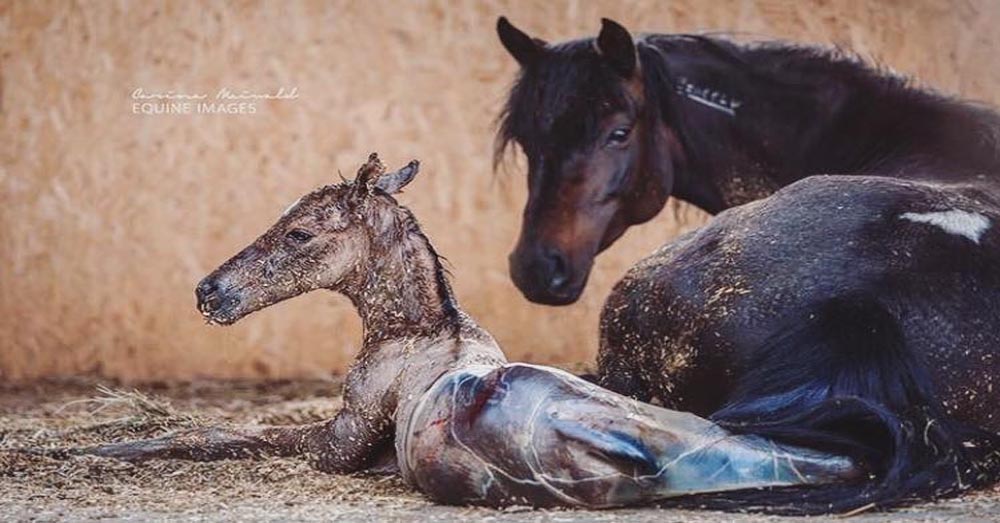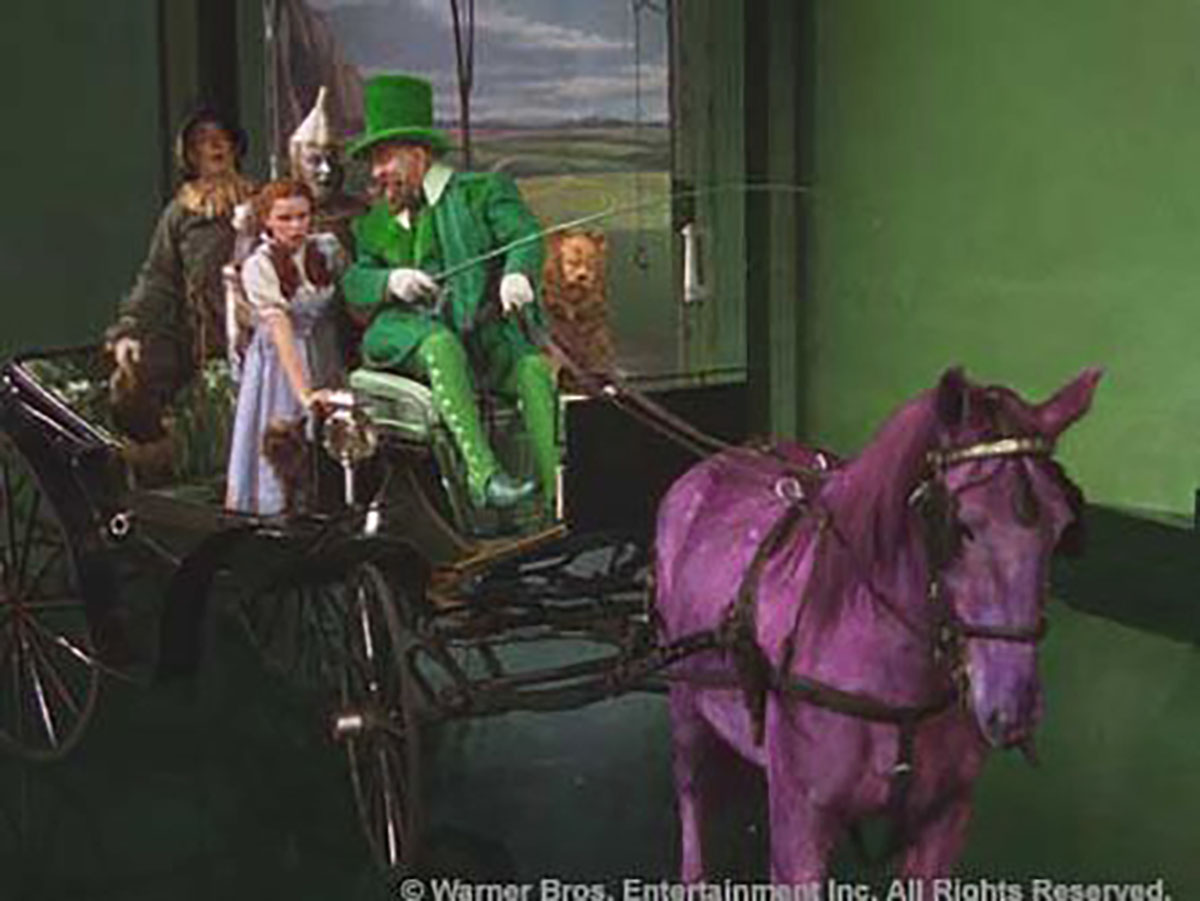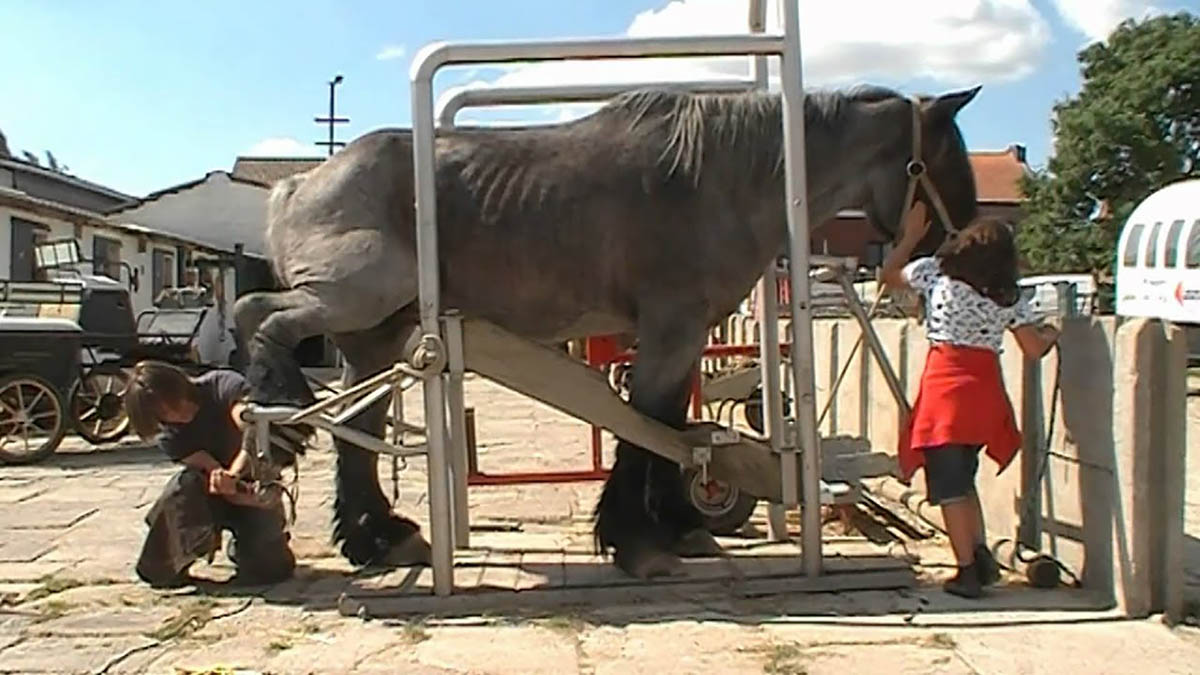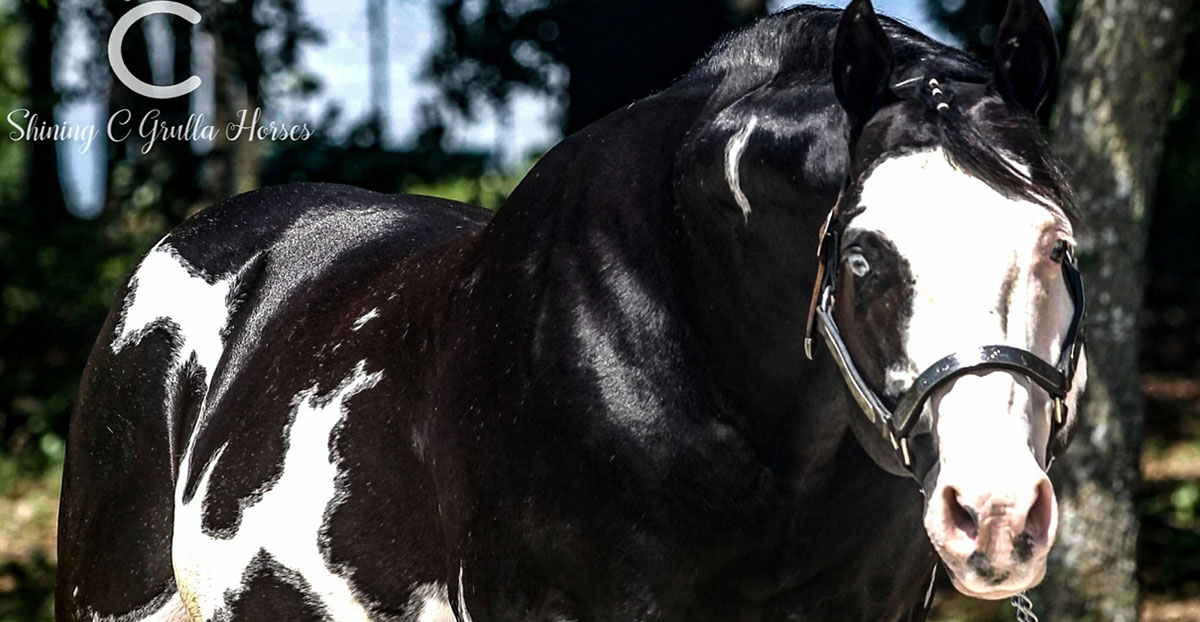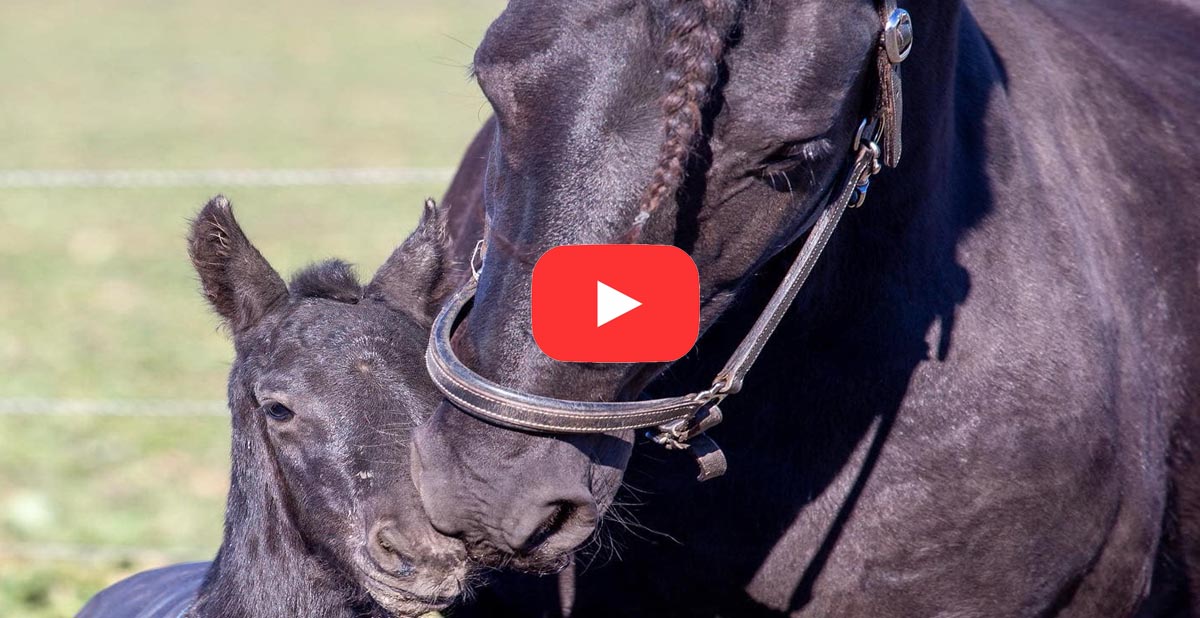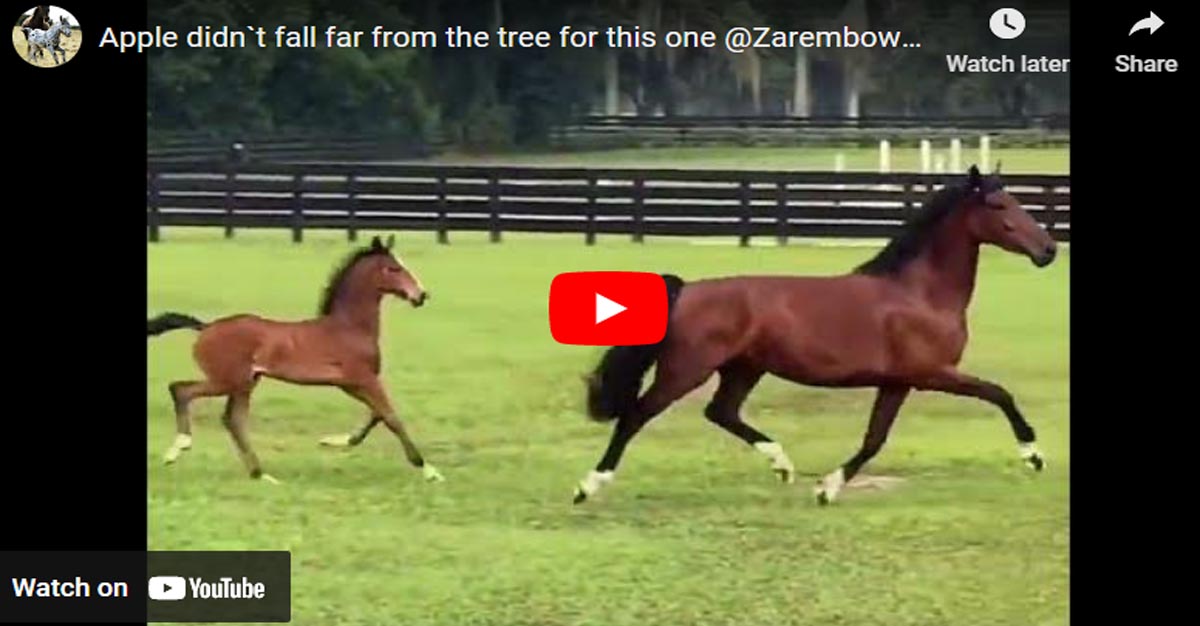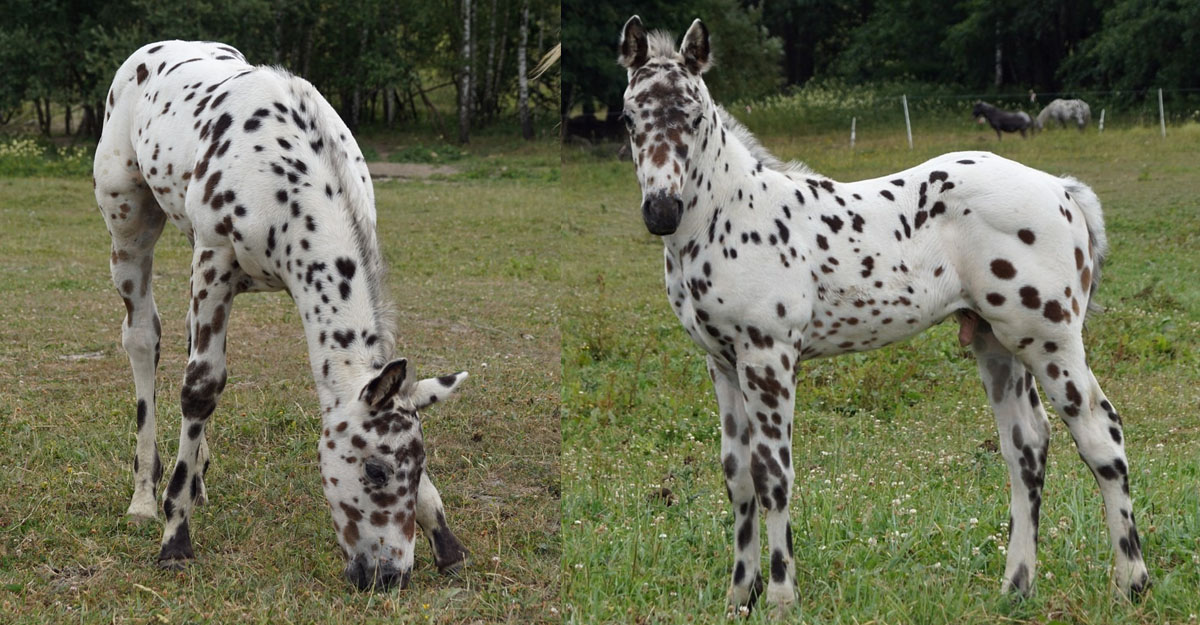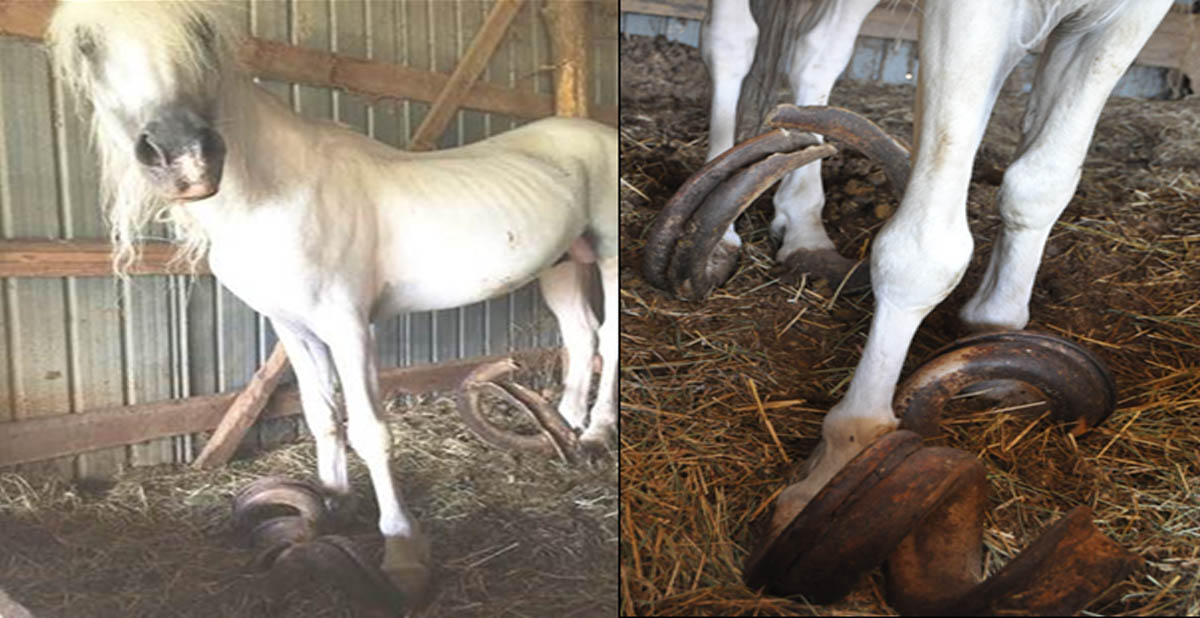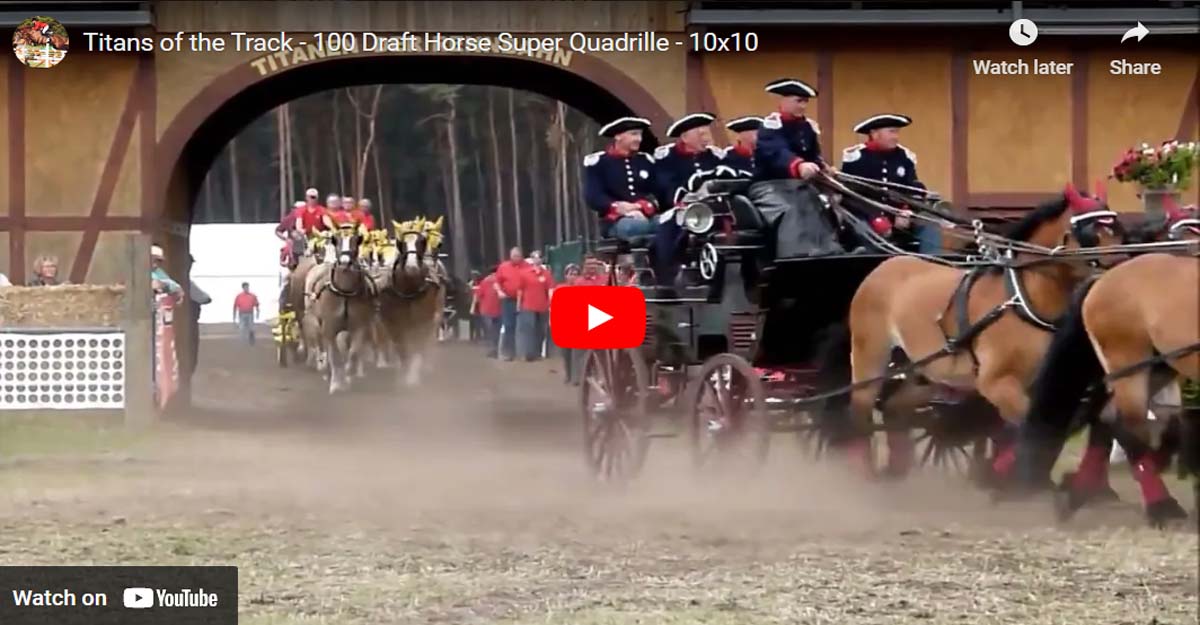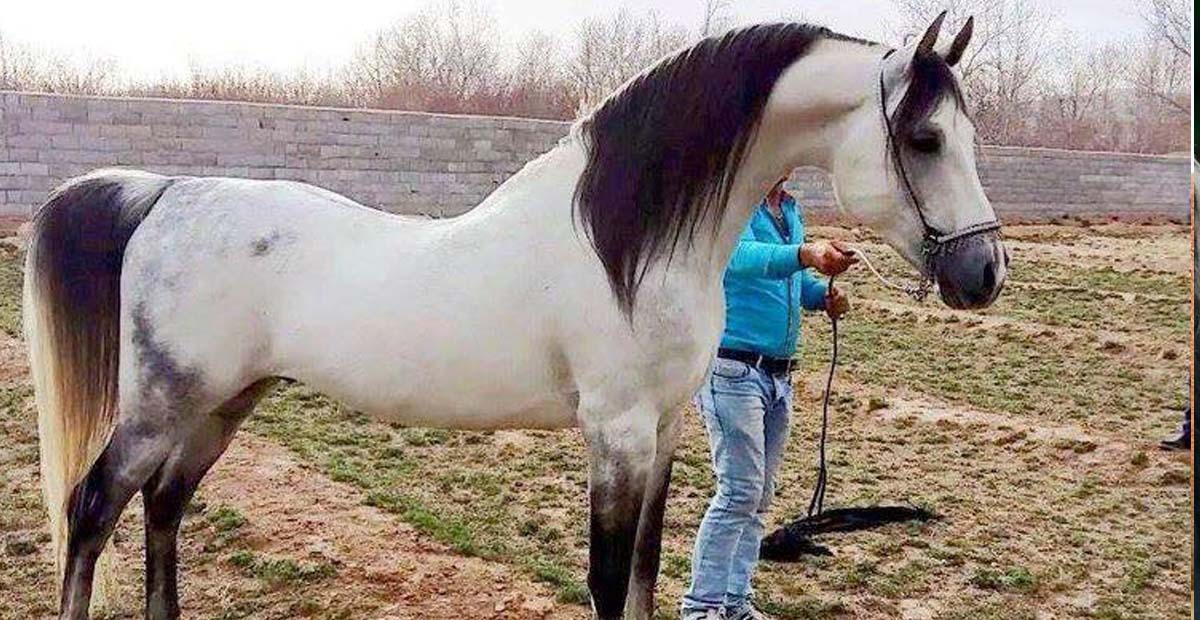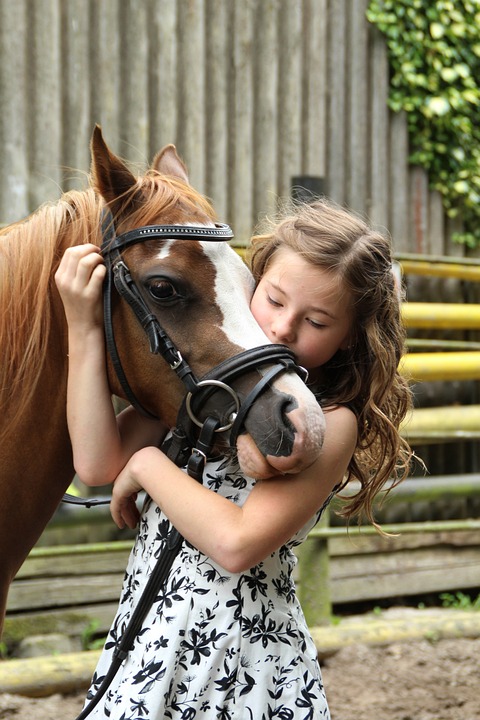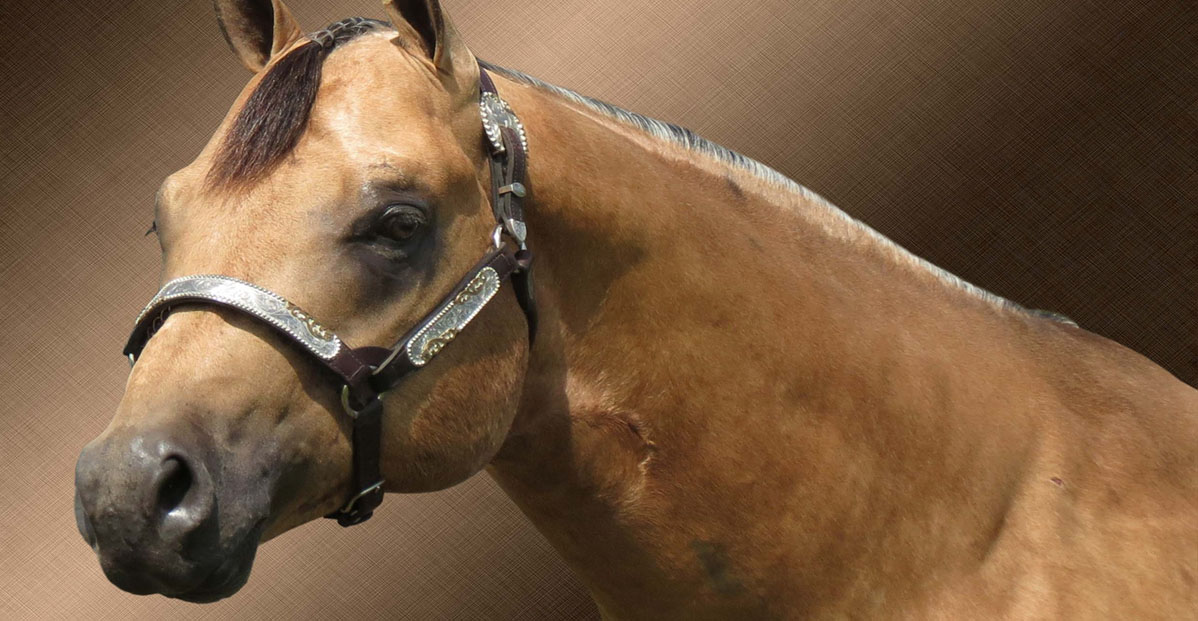Sugar Bush Draft Horses
Sugar Bush Draft Horse. Breed Info: In 1982, Mr. Smith officially formed the Sugarbush Draft Horse Registry. Throughout the early years of the breed, he had kept diligent records of parentage and encouraged those who purchased his foals to do so as well. With more horses and more breeders, forming a centralized organization that could track pedigrees and provide proud owners with official papers made a lot of sense. He wasn`t the only one that thought so; while the horses from Mr. Smith`s Sugarbush Hitch Co.
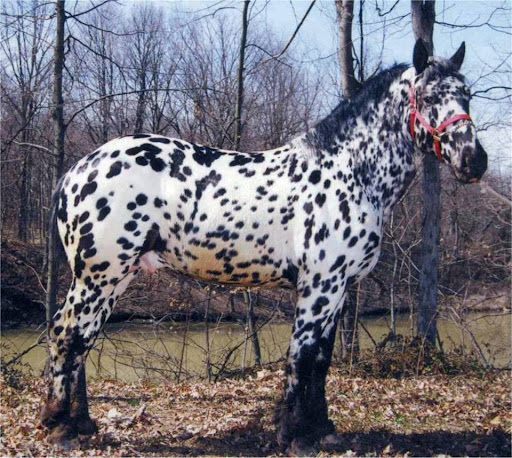
Breeding program formed the foundation of the breed - and were highly sought-after - other similar breeding programs across the United States also registered with the SDHR. The Sugarbush Hitch Co. operated out of a small town in Ohio. The founder, Everett Smith, felt that a fancier horse - something with a little more color - would draw more attention to his business, so he began crossing his draft horses with a relatively new breed of horse, the Appaloosa.
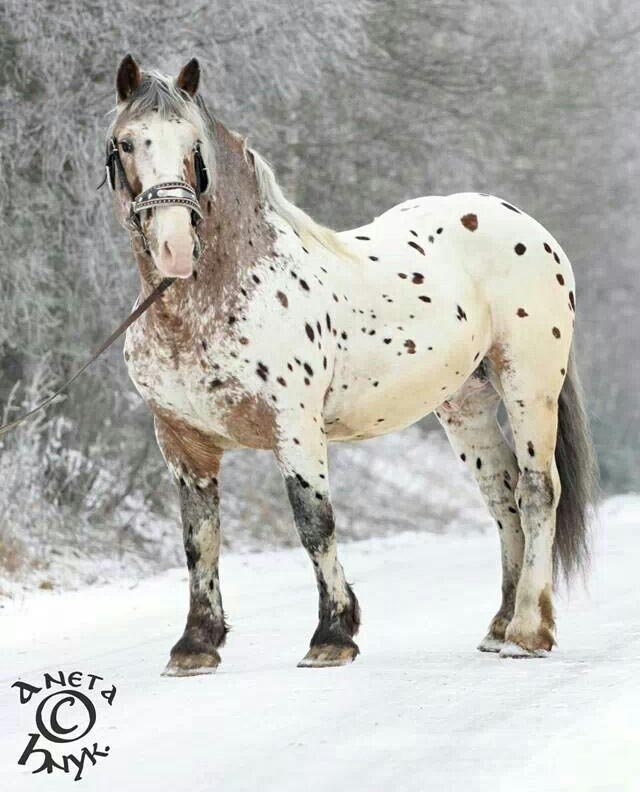
In the years between the dispersal of the Nez Perce herds and the formation of the Appaloosa Horse Club, horses with spotted coats were bred without much thought towards a cohesive breed standard, producing a wide range of looks and types; some of those early Appaloosas showed classic signs of draft influence. Mr. Smith took the best of those draft-influenced Appaloosas and crossed them to the highest quality draft horses he could find, primarily Percherons and Belgians. He carefully culled the resulting foals, keeping those with the ideal conformation as well as color. For five decades, he took the preferred offspring and crossed them with complimentary mates to achieve a heavy horse with flashy coloration and a great mind. The early use of the Appaloosa in these crosses produced a draft horse that was built more for riding than for pulling heavy weight.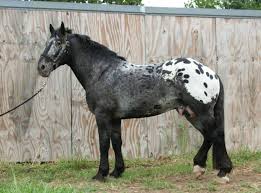
While they excelled at light carriage work, they were not well-suited to pulling competitions and heavy horse trials, unlike their European draft predecessors. Locals started calling Mr. Smith`s horses the Sugarbush Draft horses, as they gained popularity and fans. Other breeders began their own Sugarbush breeding programs, working towards a full draft horse with appaloosa type coloration. These programs were often based around a single mare or stallion from Mr. Smith`s program and incorporated other breeds of draft horses. Unfortunately, as the Sugarbush Draft Horse gained popularity, draft horses as a whole were falling out of favor with American horse owners. Most draft horses were not built to be a comfortable ride, and they required everything to be larger - and often more expensive - than the more common light horses. Although their Appaloosa heritage made the Sugarbush Draft more suited for riding than the average draft, they couldn`t escape the draft horse reputation. Even as the quality of the breed improved, the number of registered horses declined.
Irish Draft Horses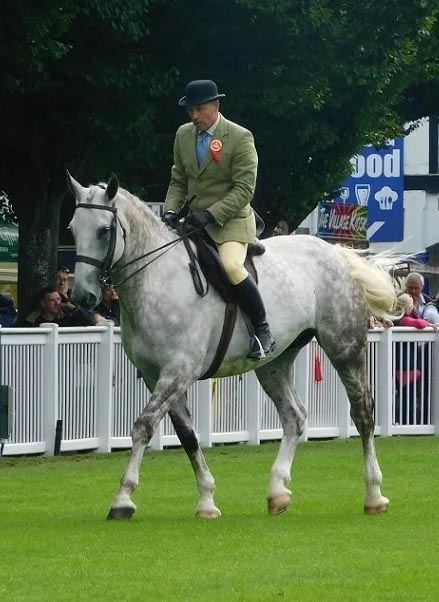
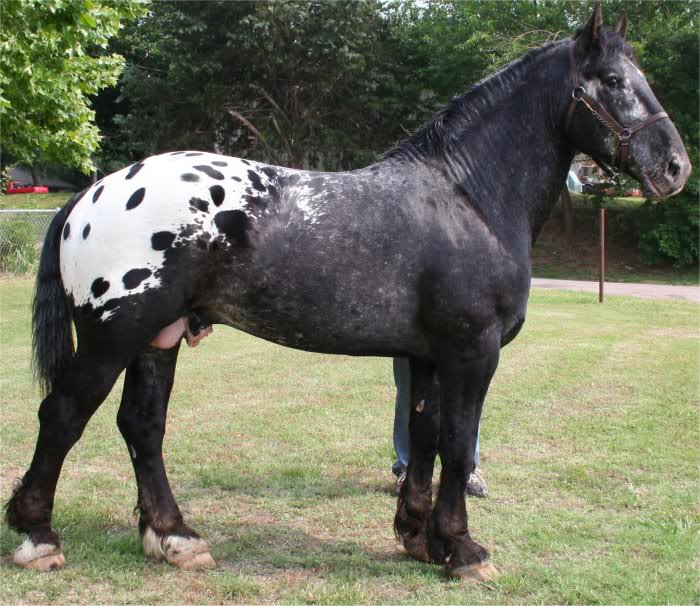

Sugarbush Harley`s Classic O

Breeding program formed the foundation of the breed - and were highly sought-after - other similar breeding programs across the United States also registered with the SDHR. The Sugarbush Hitch Co. operated out of a small town in Ohio. The founder, Everett Smith, felt that a fancier horse - something with a little more color - would draw more attention to his business, so he began crossing his draft horses with a relatively new breed of horse, the Appaloosa.

In the years between the dispersal of the Nez Perce herds and the formation of the Appaloosa Horse Club, horses with spotted coats were bred without much thought towards a cohesive breed standard, producing a wide range of looks and types; some of those early Appaloosas showed classic signs of draft influence. Mr. Smith took the best of those draft-influenced Appaloosas and crossed them to the highest quality draft horses he could find, primarily Percherons and Belgians. He carefully culled the resulting foals, keeping those with the ideal conformation as well as color. For five decades, he took the preferred offspring and crossed them with complimentary mates to achieve a heavy horse with flashy coloration and a great mind. The early use of the Appaloosa in these crosses produced a draft horse that was built more for riding than for pulling heavy weight.

While they excelled at light carriage work, they were not well-suited to pulling competitions and heavy horse trials, unlike their European draft predecessors. Locals started calling Mr. Smith`s horses the Sugarbush Draft horses, as they gained popularity and fans. Other breeders began their own Sugarbush breeding programs, working towards a full draft horse with appaloosa type coloration. These programs were often based around a single mare or stallion from Mr. Smith`s program and incorporated other breeds of draft horses. Unfortunately, as the Sugarbush Draft Horse gained popularity, draft horses as a whole were falling out of favor with American horse owners. Most draft horses were not built to be a comfortable ride, and they required everything to be larger - and often more expensive - than the more common light horses. Although their Appaloosa heritage made the Sugarbush Draft more suited for riding than the average draft, they couldn`t escape the draft horse reputation. Even as the quality of the breed improved, the number of registered horses declined.
Irish Draft Horses




